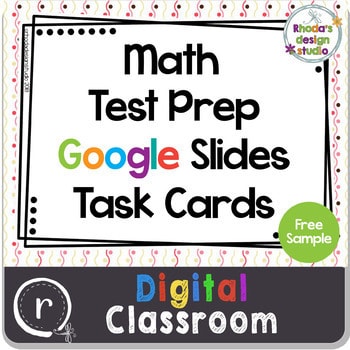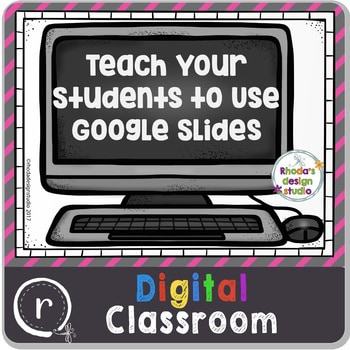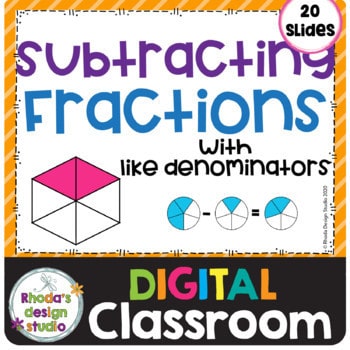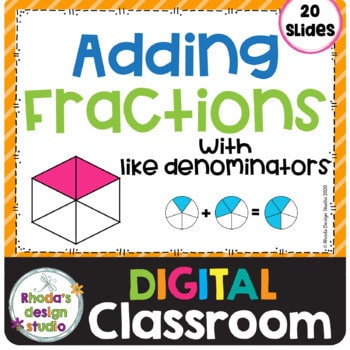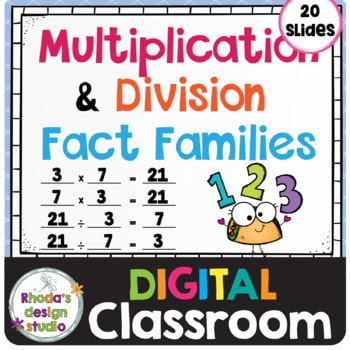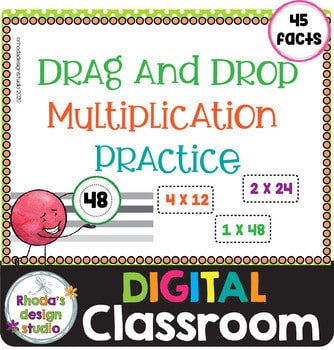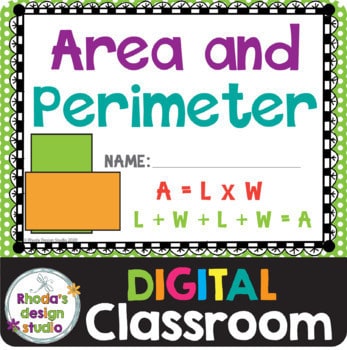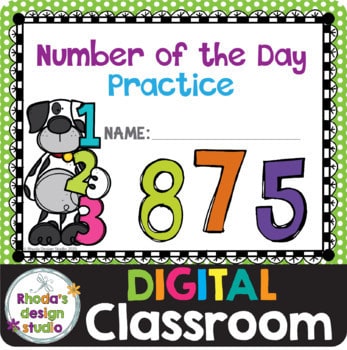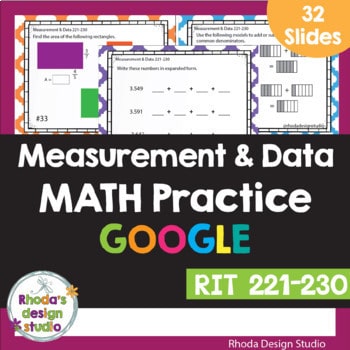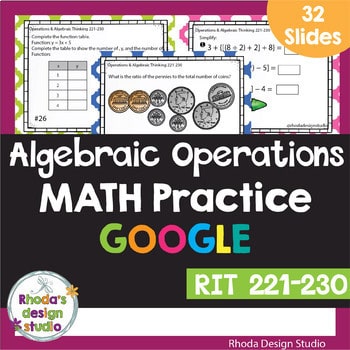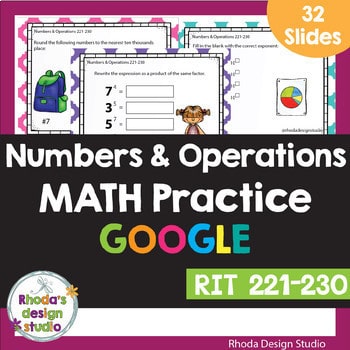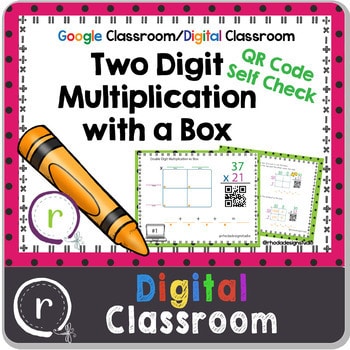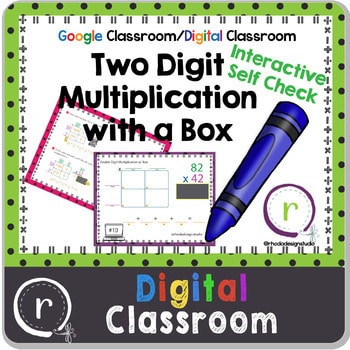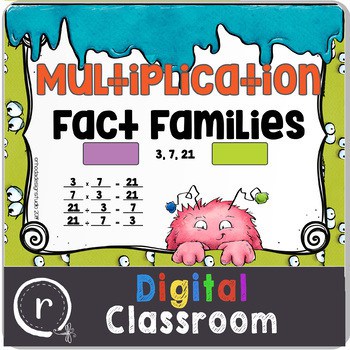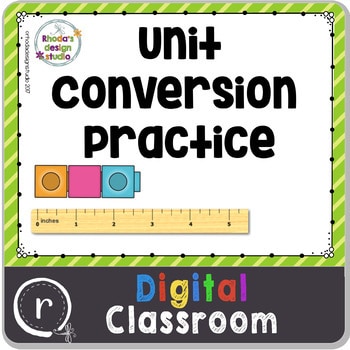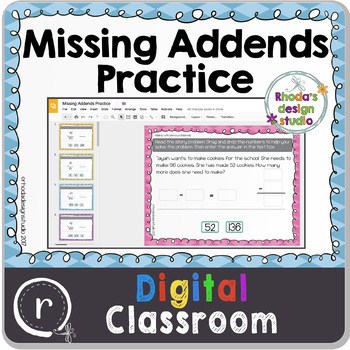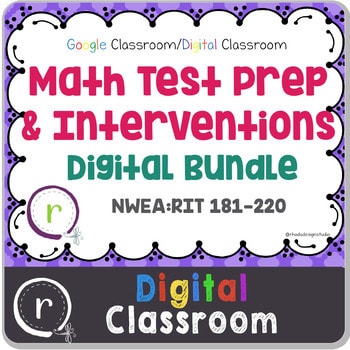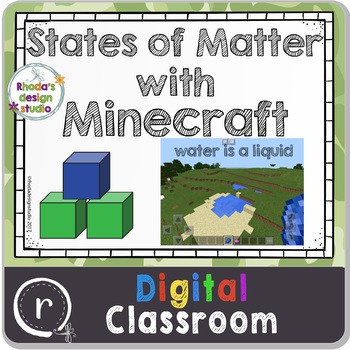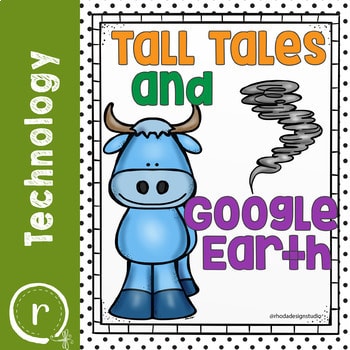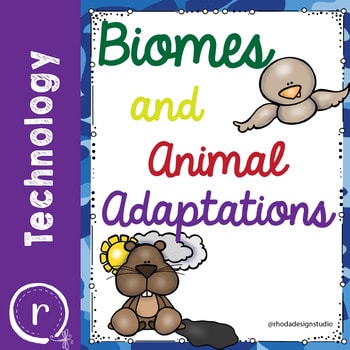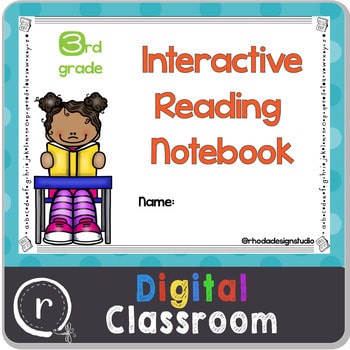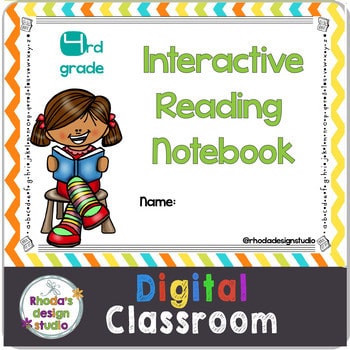Distance Learning Lessons That You Can Differentiate
Distance learning is not easy.
You can’t give your students immediate feedback while they practice new skills. Instruction through writing is complicated (especially when they are still learning to read!). And if you thought they weren’t paying attention when you were right in front of them, imagine how distracted they can be when you are talking to them through a device.
The same tool that they associate with game time. Not learning time!
Finding resources that you can use to differentiate instruction takes time. And now you are presenting that information in a completely different way.
You can’t just run down to the copier and make a few packets (although paper practice is a great thing too).
Emails need to be gathered and entered. Student’s need to be taught how to use the platform that you are using. And THEN they need to learn the concept or skill that you are presenting.
It can seem overwhelming and frustrating.
These resources will help to take away some of that frustration. They are easy to use and students love using them as practice.
If you need help figuring out Google Classroom you can check out this post.
There is also this post on Google Earth and Google Classroom Tips.
Distance Learning Lessons
These digital resources will help you keep your students learning and engaged. Math and reading skills grow with practice. Using these resources will help you reach your students through distance learning.
If you are new to using Google Slides or want some practice adding lessons into Google Classroom for your distance learning lessons, try out this free math download.
Teach your students the basics of using Google Slides with this lesson (it works great if you need a refresher as well). I used this lesson with my own 3rd and 4th graders and they loved it. Before long they were helping each other with Google Slides.
Subtracting fractions is a hard math skill to learn. Lots of practice will help. This distance learning lesson has over 40 practice problems in different formats.
Adding fractions with like denominators is a math concept that takes a lot of practice. Use this digital lesson to help your students continue their fraction addition practice.
Just like addition and subtraction fact families, students need to learn how to see the relationship between multiplication and division fact families. This digital resource can be used in multiple ways (and for at least 3 days of lessons). Students think it is fun and you know they are learning!
Students practice their multiplication facts by dragging the multiplication equation to the correct product. Because it is a drag and drop activity they can focus on the math strategy and not the action of typing the numbers.
Area and perimeter is a concept that is fun to learn and practice once you can remember which is which. The first two cards of this digital lesson give your students a review of the math formulas (I know the formula on the cover is wrong...I fixed it in the lesson). This lesson is great for distance learning and they will love working on it.
Just because you are working on distance learning does not mean you can't have a number of the day. Use these slides as part of your lesson presentation if you are teaching an online meeting. Or you can just assign one slide a day for them to work on. Either way, they still get their number fluency.
Just because you are working on distance learning does not mean that you cannot differentiate your instruction.
These RIT band-specific task cards are broken down by the math domain. And then broken into RIT bands. Questions are based on Common Core Standards so you are meeting multiple requirements.
Broken down by math domain and RIT band these math problems are a great way to have your students review previous math concepts, work on their level, or be introduced to new concepts.
This selection of digital math resource for distance learning has the highest RIT band available in my shop. If you would like to get ALL of the RIT bands that I offer you can grab this bundle.
Individual math domains and RIT bands as low as 181 are all available in my shop as well.
Students love working on double-digit multiplication with the area (or box) model. If they can't remember how to stack and multiply in the original method, this one always seems to make sense to them.
Distance learning makes it harder to give your students immediate feedback as they work. This digital lesson provides instant feedback for them as they complete each practice problem.
This is one of my most popular digital lessons. Students LOVE the monsters. Teachers love that they learn their multiplication and division fact families.
Students practice converting units of measurement with visual references and different units of measurement on rulers.
Students have a hard time turning addition equations into subtraction equations to find missing addends. The more they practice, the easier this skill becomes. I created this set for my own students when I noticed them struggling with the concept.
Differentiated instruction is still possible while distance learning. Use this FULL bundle of math domains and levels to help your students keep their math skills strong. Each RIT band is broken down into the 4 domains (Algebraic Thinking, Numbers and Operations, Measurement and Data and Geometry).
This one is a great way to practice a science concept that can seem a little abstract when you are just lecturing about it.
Students will instantly understand the states of matter when you relate it to Minecraft.
Psstt!! Another great concept to teach with Minecraft is Area and Perimeter.
Students can take a virtual trip with Google Earth to the location of some of the most popular Tall Tales.
This one takes a little more digital know-how but if you can pull it off, your students will LOVE it.
The slides in this science lesson are editable. Students can work on describing how animals adapt to their different biomes.
Third Grade Digital Reading Notebook Google Classroom No Prep Distance Learning
Included in this digital notebook are a number of folders that you can assign all at once or as needed. All of the 3rd-grade reading standards are covered: Literature (RL), Informational (RI), and Foundational Skills (RF).
The notebook is organized so you can assign a section at a time. If you are working on the setting of a story, you can assign that section of the notebook. If you want them to return to the section on informational text, you can leave the due date open and they can continue to access the slides throughout the year.
Each section contains:A cover slide that doubles as their “name slide”.
An “I can statement” for each standard and a brief explanation of the topic.
Images, information, and an activity for each standard.
4th Grade Digital Reading Notebook Google Classroom No Prep Distance Learning
Included in this digital notebook are a number of folders that you can assign all at once or as needed. All of the 4th-grade reading standards are covered: Literature (RL), Informational (RI), and Foundational Skills (RF).
The notebook is organized so you can assign a section at a time. If you are working on the setting of a story, you can assign that section of the notebook. If you want them to return to the section on informational text, you can leave the due date open and they can continue to access the slides throughout the year.
Each section contains:A cover slide that doubles as their “name slide”.
An “I can statement” for each standard and a brief explanation of the topic.
Images, information, and an activity for each standard.

